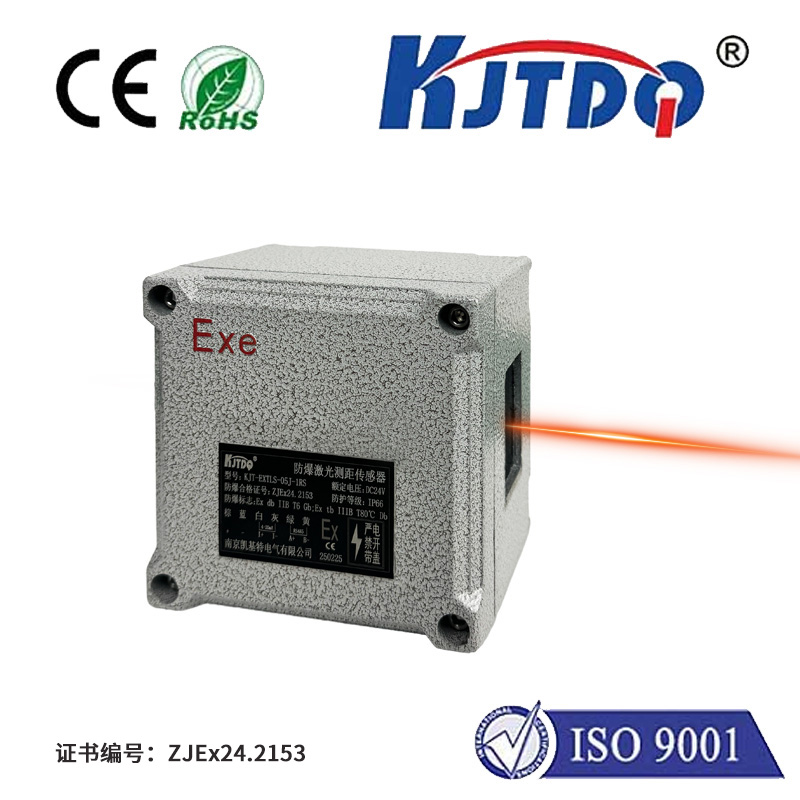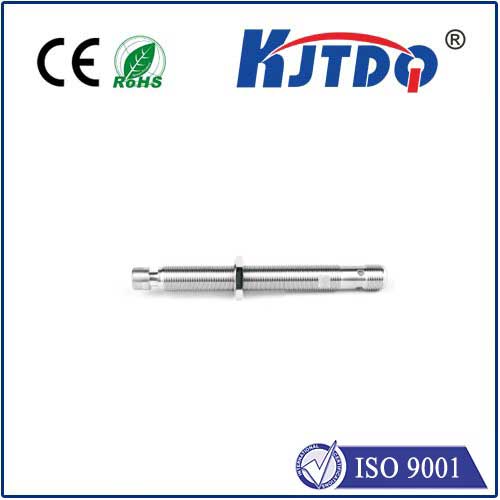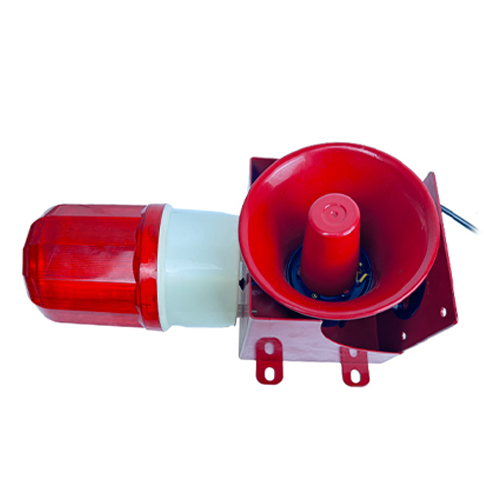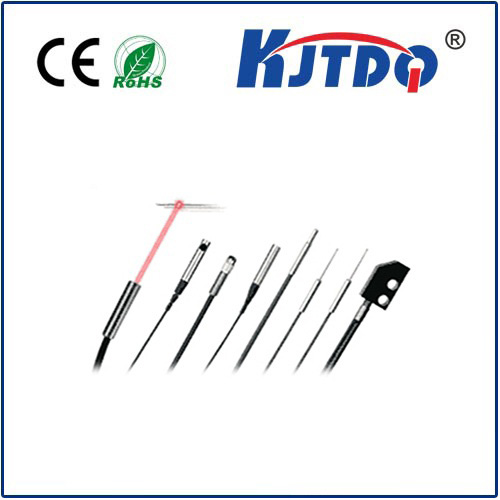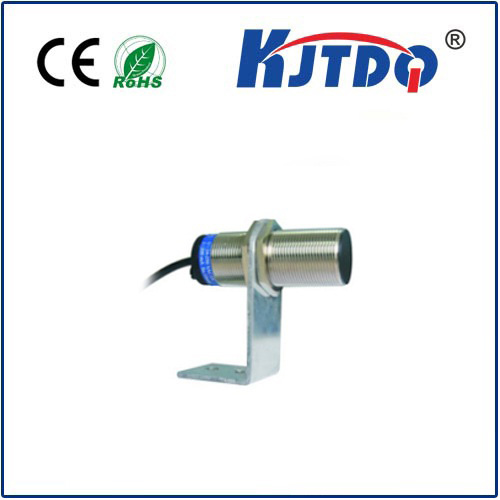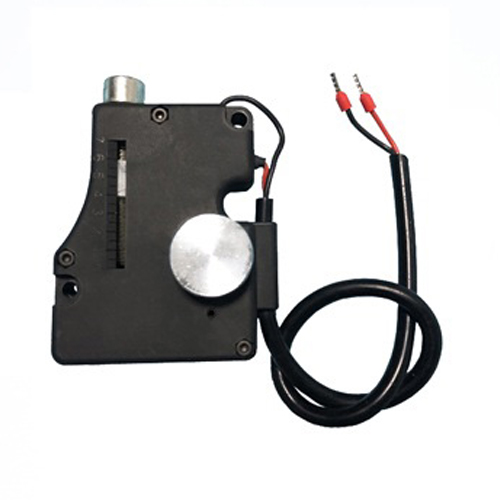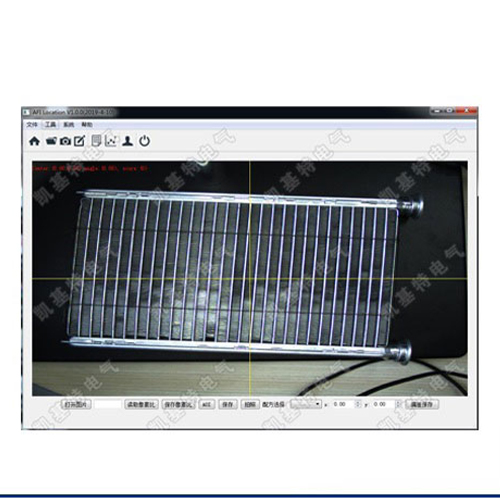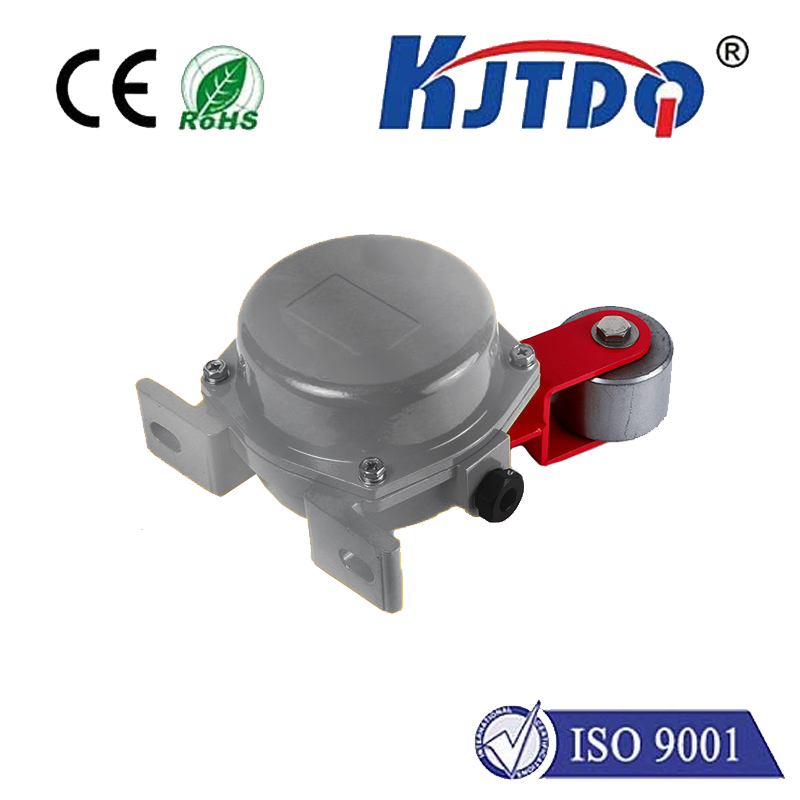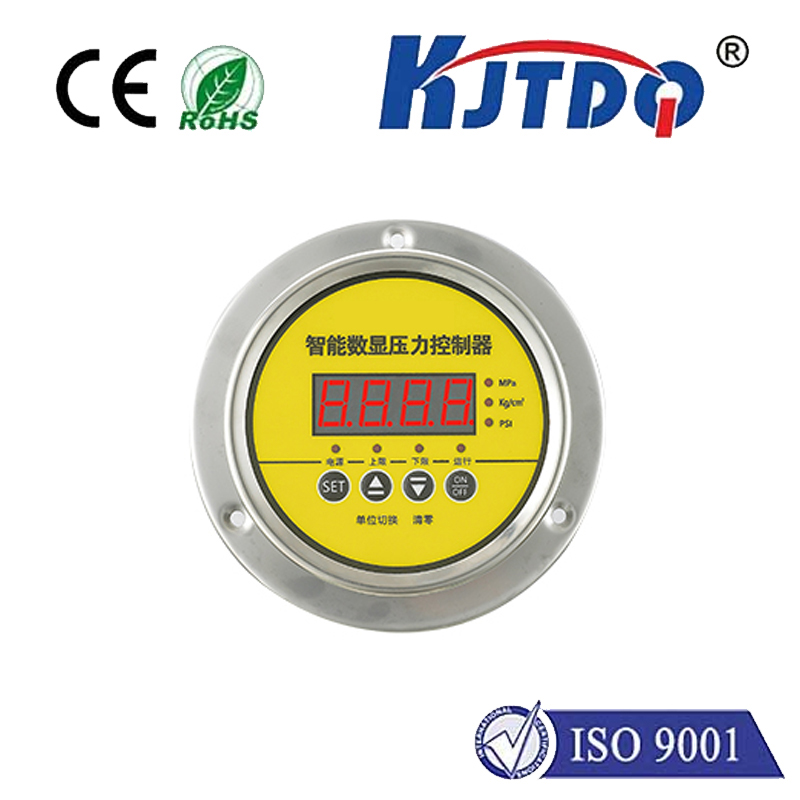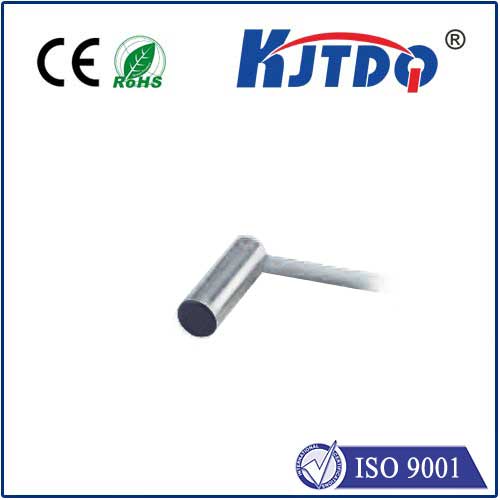

check

check

check

check

check

check

check

check

check

check
Unlock Reliable Detection: Exploring the E3FC-DN23 Reflective Photoelectric Beam Sensor
Imagine a bustling production line. Boxes whiz by, components are assembled with precision, and automated systems make split-second decisions. The unsung hero ensuring this seamless flow? Often, it’s a humble photoelectric sensor like the E3FC-DN23. Reflective photoelectric beam sensors are fundamental components in automation, providing non-contact detection crucial for efficiency, safety, and control. This article delves into the specifics of the E3FC-DN23, explaining its function, advantages, and where it shines in the industrial landscape.
At its core, a reflective photoelectric sensor emits a beam of light (typically infrared) and detects its reflection. The E3FC-DN23 embodies a specific type: the retro-reflective model with a polarized filter. What does this mean? Unlike diffuse sensors relying on light scattering off the object itself, retro-reflective sensors depend on a dedicated reflector positioned opposite the emitter/receiver unit. The sensor sends out an invisible light beam; if this beam cleanly reflects off the specialized reflector and returns to the receiver, the sensor interprets this as “no object present.” When an object interrupts this beam path, preventing the light from returning, the sensor’s output state changes, signaling “object detected.”
The E3FC-DN23 stands out due to its clever integration of a polarized filter. Standard retro-reflective sensors can be fooled by highly reflective objects (like mirrors or shiny metal), which might bounce the light beam back even when physically present, causing false “no object” readings. The polarized filter combats this. The emitted light passes through a polarizing filter before leaving the sensor. The specialized reflector includes a corner-cube array or similar element that rotates the polarization of the light. Only light returning with this specific rotated polarization can pass back through the sensor’s receiving filter. Shiny surfaces like glass or polished metal simply reflect light without rotating its polarization, meaning the sensor ignores this errant reflection, accurately detecting the object’s presence. This makes the E3FC-DN23 exceptionally reliable for detecting challenging objects.

What Makes the E3FC-DN23 Effective?
Several key features contribute to the E3FC-DN23 photoelectric sensor’s popularity:
Where Does the E3FC-DN23 Excel? Applications Abound
Thanks to its robustness and versatility, the E3FC-DN23 finds application across numerous sectors demanding accurate presence detection:
Implementation Insights
While the E3FC-DN23 simplifies installation compared to some sensor types, optimal performance relies on correct setup. Ensure the sensor aims directly at the center of its dedicated reflector. Keep the optical faces clean from dust, mist, grease, or other contaminants that could attenuate the light beam. Use the adjustable sensitivity pot to dial in the sensor under normal operating conditions – set it just sensitive enough to detect the target object reliably without triggering on background noise or minor debris. Regularly inspect both the sensor lens and reflector surface as part of routine maintenance.
The Omron E3FC-DN23 reflective photoelectric sensor represents a sophisticated blend of proven technology – the reliable retro-reflective principle – enhanced significantly by the addition of a polarized filter. This key feature provides superior immunity to false signals from common reflective surfaces, a frequent challenge in industrial settings. Its long 4-meter detection range, compact and rugged M12 IP67-rated housing, adjustable sensitivity, and straightforward integration via PNP output make it an exceptionally versatile solution. For engineers and technicians seeking dependable, non-contact object detection in packaging, material handling, automation, and countless other applications, especially where shiny targets or challenging backgrounds pose problems, the E3FC-DN23 consistently delivers robust and reliable performance, forming an invisible yet critical backbone for efficient and safe industrial operations.
